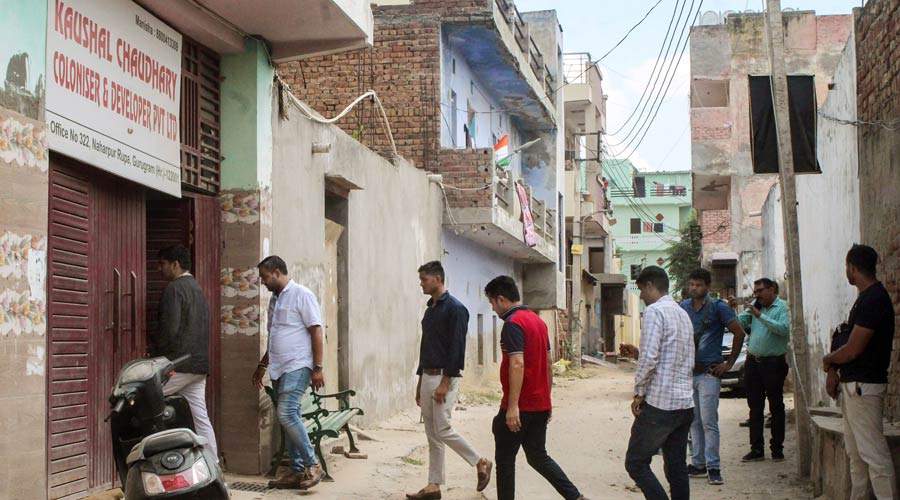🔹 China Launches Major Dam Project in Tibet
China has started building the world’s largest hydropower dam on the Yarlung Tsangpo River in Tibet. The project has triggered strong concerns in India and Bangladesh because of its downstream impact.
Chinese Premier Li Qiang led the inauguration ceremony on Saturday, according to Chinese media reports. The dam is located in the Yarlung Tsangpo Canyon, considered the deepest and longest canyon on land.
🔹 A Massive Energy Plan
The dam, known as the Motuo Hydropower Station, will cost around 1.2 trillion yuan (about $167 billion). Once completed, it will generate three times more energy than the Three Gorges Dam—currently the world’s largest.
China says the project will support clean energy goals and improve life in Tibet. The electricity will mainly power eastern Chinese cities, though some will be used locally.
🔹 Why India and Bangladesh Are Worried
The Yarlung Tsangpo flows into India, where it becomes the Siang and Brahmaputra Rivers, and then enters Bangladesh as the Jamuna River. Many fear that the dam will let China control or reduce water flow, affecting millions of people.
In early July, Arunachal Pradesh Chief Minister Pema Khandu warned that the river might dry up after the dam is built. He called the project a serious threat to local tribes and their livelihoods. He also feared that a sudden water release could act as a “water bomb,” destroying villages and farmland.
🔹 India Responds with Its Own Plan
India’s Ministry of External Affairs has raised concerns with China. Officials asked China to protect the interests of downstream nations. They also asked for open communication and data sharing.
To reduce the risk of floods, India plans to build a hydropower dam on the Siang River. This will act as a buffer against sudden water discharges from China’s dam.
🔹 Bangladesh Seeks Details
In February, Bangladesh also asked China for more information. Officials worry that changes in water flow could hurt farming and river life.
🔹 Bold Engineering Plans
Chinese engineers aim to drill 20 km-long tunnels through the Namcha Barwa Mountain to divert the river. They plan to build five cascading dams. The dam sits at the “Great Bend” of the river, where water drops steeply.
The goal is to use Tibet’s natural power to supply eastern China through a national energy strategy called “xidiandongsong” (send western electricity eastward).
🔹 Growing Protests and Environmental Risks
Activists say the project harms Tibet’s people and nature. Past protests against other dams in Tibet were met with arrests and violence. In one case, hundreds of Tibetans were detained.
Environmentalists also warn about:
-
Flooding of valleys rich in wildlife
-
Risk of earthquakes in the area
-
Loss of traditional homes and land
🔹 Conclusion
China calls the dam a step forward for clean energy. But for India, Bangladesh, and environmentalists, it raises serious questions. As the project continues, the world will be watching how China manages water security, regional relations, and local voices.







